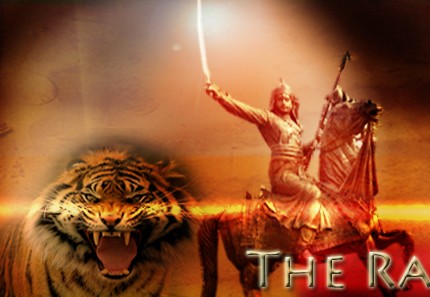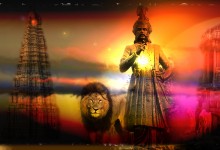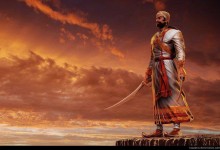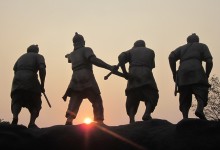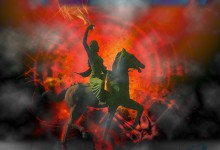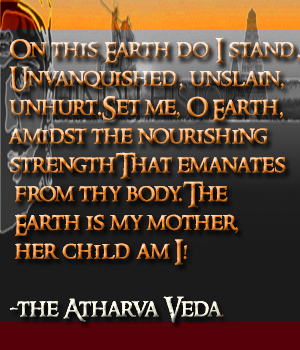Posts Tagged ‘mahrathas’
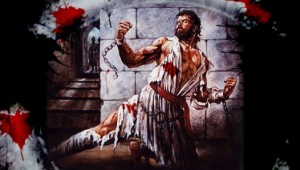
A Heroic Death that Changed the Course of Indian History
After the death of the great king Shivaji in 1680 the nascent Maratha kingdom faced a great challenge. The Moghul Emperor Aurungzeb had been confounded and defeated by the repeated battles with the Marathas and the high spirit ...
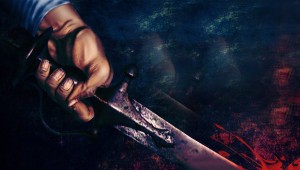
Panipat 1761: Going Down in a Blaze of Glory
On the afternoon of January 14th over fifty thousand men lay dead on the ancient battlefield staining the holy ground with their blood. Afghan and Indian Muslim lay locked in a deadly embrace with their arch enemies, the Hindu ...

